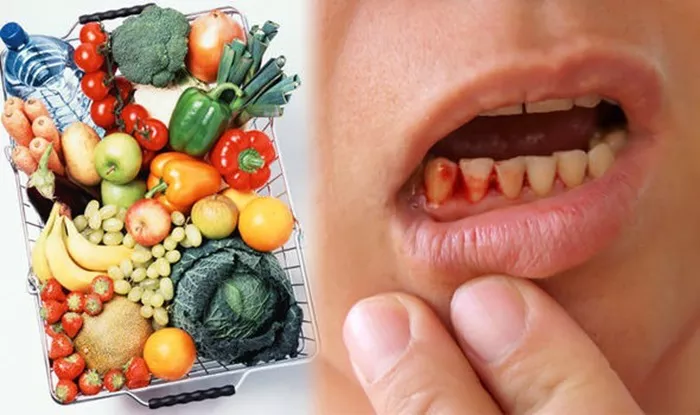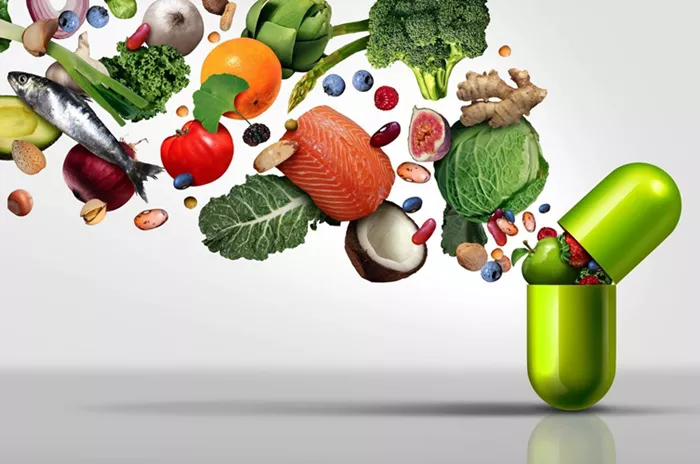Researchers in Western Australia are warning that rising costs of living, coupled with an increase in obesity and weight loss surgeries, may be creating a “perfect storm” for the resurgence of scurvy, an ancient disease caused by vitamin C deficiency.
A recent case study published in BMJ Case Reports detailed the experience of a man in his early 50s who was admitted to Sir Charles Gairdner Hospital with a painful rash and bruising. After ruling out other potential causes, medical professionals diagnosed him with scurvy.
The authors of the study point to Australia’s current economic climate and the growing prevalence of bariatric surgeries as significant contributors to this public health concern. “In Australia, the rising cost of food, which has increased by 5.9% over the past year, is making it more difficult for families to afford nutritious meals,” they noted. “As living expenses climb, many individuals are turning to lower-cost foods that often lack essential nutrients. Additionally, patients who have undergone weight-loss surgery are particularly vulnerable to micronutrient deficiencies.”
While these patients are more susceptible to deficiencies in fat-soluble vitamins, the authors highlight that poor dietary habits can also lead to a lack of vitamin C. Multiple case reports indicate that individuals may develop scurvy as a complication following bariatric procedures, frequently presenting with spontaneous skin petechiae or ecchymoses.
Historically, scurvy has been associated with long voyages during the Renaissance when sailors faced extended periods without access to fresh produce. The patient in this case had several risk factors, including poor dietary habits, obesity, previous bariatric surgery, the use of proton pump inhibitors, and low income.
Upon admission, he exhibited tiny, painful red-brown spots on his legs resembling a rash. He was also found to have blood in his urine and was anemic. Tests for inflammatory, autoimmune, and blood disorders returned negative results, and imaging revealed no signs of internal bleeding. A skin biopsy did not provide any diagnostic insights.
As the rash progressed during his hospital stay, further interviews uncovered the patient’s financial struggles and his neglect of a healthy diet, which included minimal fruit and vegetable intake. He also admitted to skipping meals and had stopped taking prescribed nutritional supplements due to their cost.
Diagnostic tests revealed dangerously low levels of vitamin D and an undetectable level of vitamin C. Following this, he was treated with daily doses of vitamin C (1000 mg), vitamin D3, folic acid, and multivitamin supplements, resulting in a significant improvement in his symptoms.
To support his recovery, a dietitian developed a personalized meal plan, which included the recommendation of incorporating a daily lemon into his diet.
The authors of the study emphasized that scurvy is re-emerging as a significant health issue, exacerbated by the rising cost of living. “Scurvy can manifest as early as one month after the onset of a vitamin C-deficient diet, and petechial skin lesions are commonly mistaken for systemic vasculitis,” they stated. “Diagnosis often requires extensive testing, which can delay necessary treatment. Risk factors include inadequate nutrition, gastric bypass surgery, dialysis, alcoholism, psychiatric issues, and eating disorders.”
Prompt treatment is critical, as untreated scurvy can lead to severe complications such as catastrophic hemorrhaging. A study conducted in June revealed a concerning prevalence of vitamin C deficiency among children in an Australian pediatric hospital.
Further research has indicated that, with increasing obesity rates, a significant portion of the Australian population is not meeting the recommended daily intake of vitamin C, with plasma concentrations inversely related to body weight.
Dr. Jayne Barbour, an accredited practicing dietitian from Flinders University, underscored the urgent need to address the rise in scurvy cases. “In both the UK and Western Australia, we are witnessing a decline in diet quality that may lead to a resurgence of scurvy. While such cases remain rare, they are concerning,” she said.
Dr. Barbour attributes the situation to a combination of food insecurity, the rising cost of living, and limited access to fresh produce in remote areas. She also pointed out the increasing use of weight-loss medications like semaglutide, which may further complicate dietary habits among Australians.
“With data from the Australian Bureau of Statistics showing that less than 10% of the population meets the recommended intake of fruits and vegetables, it will be interesting to see if this historical disease becomes more frequently diagnosed,” she added.
Foods rich in vitamin C include dark leafy greens, citrus fruits, strawberries, tomatoes, kiwi, capsicum, and affordable sources like potatoes. Dr. Barbour advises individuals on restricted diets to consider vitamin and mineral supplementation and to seek guidance from a dietitian for professional nutritional advice.
Related Topics
Seven Foods to Avoid if You’re Prediabetic
New Covid Strain XEC Emerges in the UK: Symptoms and Vaccination Guidance



































